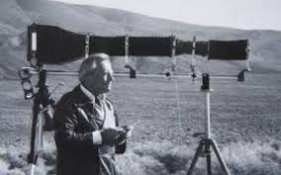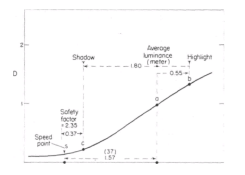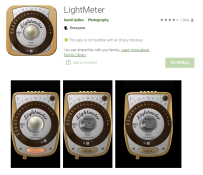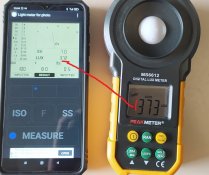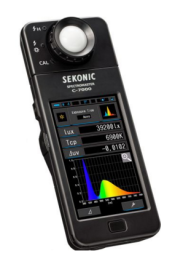Alan, sensitometry for digital sensors is well standarized, today ISO 12232:2019 is in force. That standarization allows an smooth integration of software vs hardware, as many teams are involved in development of those gadgets.
Yes... we may have some discrepances because sensors have particular spectral responses and some colors may influence more than others... but this also happens with classic meters, see the spectral sensitivity of the Pentax V in the manual... it may not match our film's spectral sensitivity and saturated colors in particular may have a missmatch imn the reading vs predicted density.
For BW we many times use filters... a Red Filter will have a different "correction factor" depending on subject's color and on film red sensitivity, depending on how deep is the red of the filter different films behave different: we have Pan and Ortho, but may OrthoPan mid points...
The smartphone always nail the shot bacause the Preview on screen is used in the calculations, and (today) a lot of Artificial Intelligence is dedicated to nail exposure and HDR compressions. Still probably those Apps take the (ISO calibrated) raw image straight from sensor, so a precise evaluation can be delivered.
+1, no doubt spot metering it is the most informative and the most suitable way when scene is challenging and we want a good prediction of the result.
Still IMO incident can be very suitable for studio portraiture, we may be moving a lot key and fill illumination... and the skin tone may influence the spot reading by two stops when considering dark skin, a full stop difference in caucasian skins alone... also glares may jam the spot reading... so in that situation IMO incident may be superior.
Also when we shot slides with our subject evenly illuminated , and having the possibility to meter the light reaching the subject. In that situation incident may provide a more consistent reading than spot, if we don't find gray references in the subject. Still we always can use a grey card to have the incident metering with the spot meter...
Perhaps we may agree that the spot meter assited (when required) with a grey card is to provide total information. Next step would be adding an Spectromaster or similar gadgets used in Hollywood movies by colorists, but IMO this is another war.
View attachment 263843


